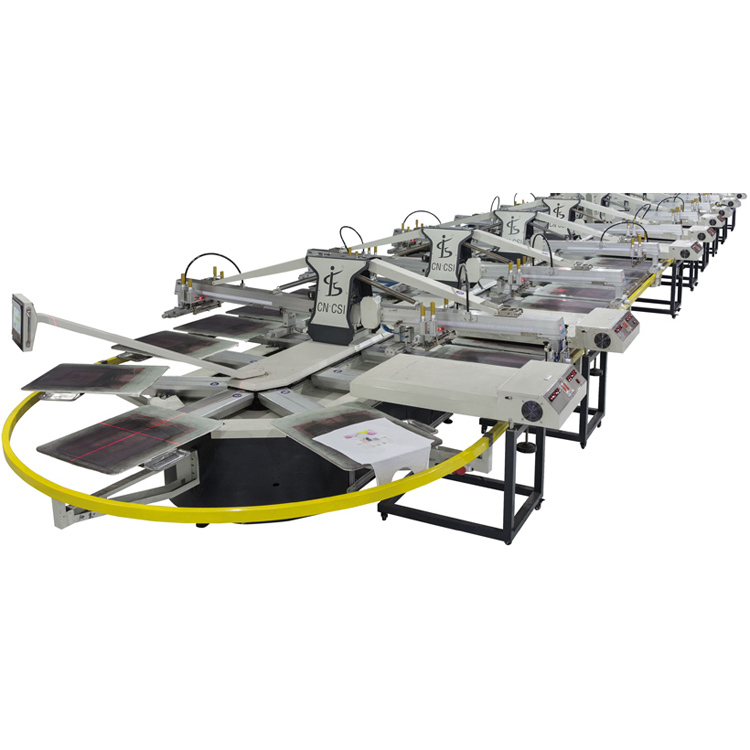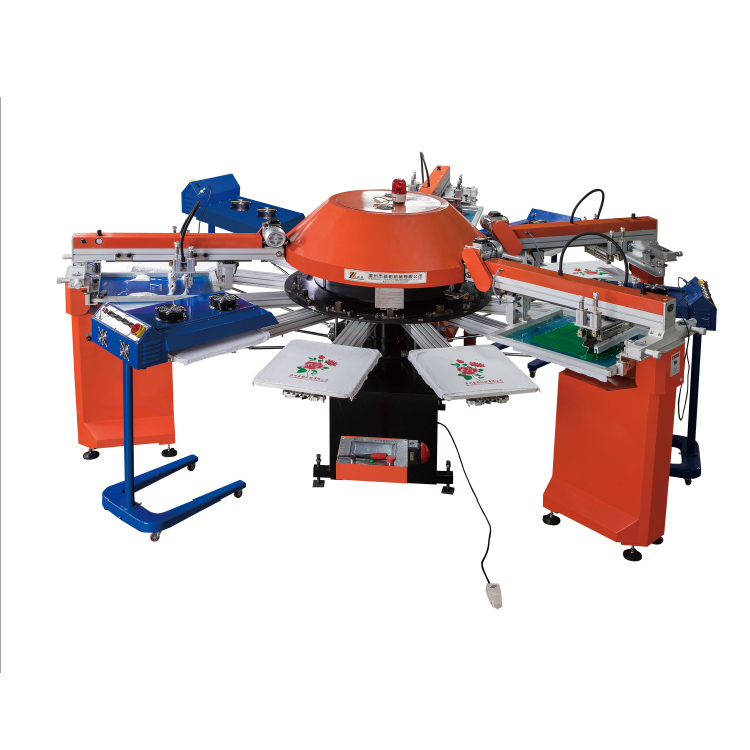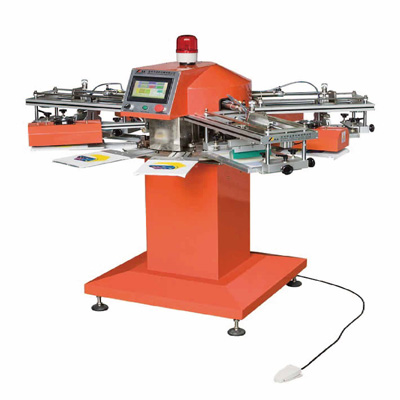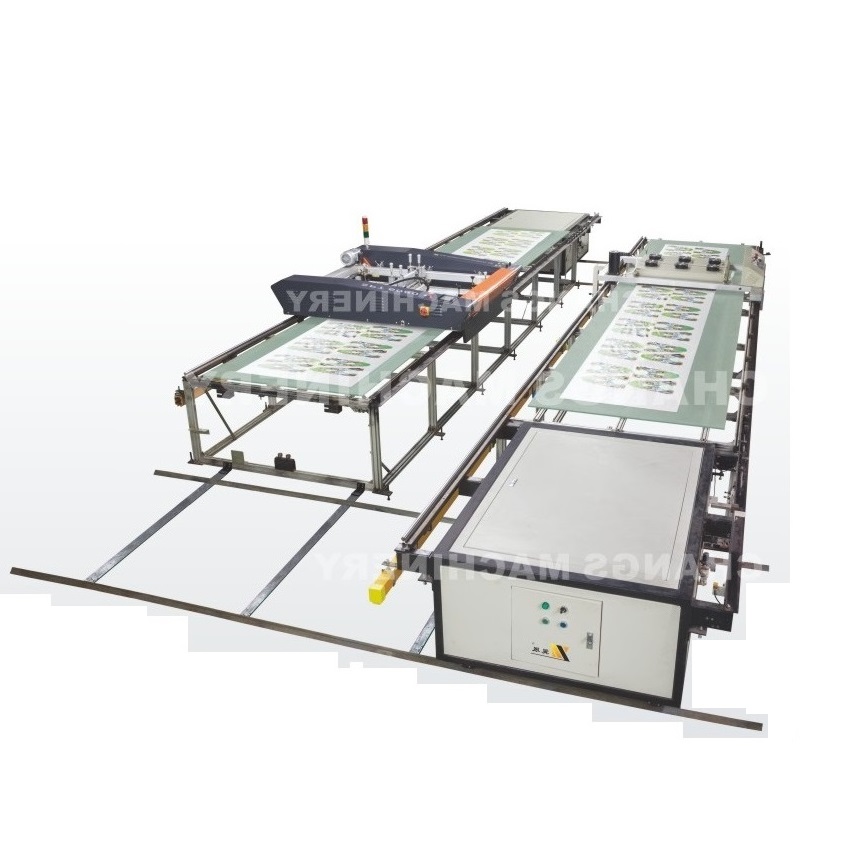In recent years, the global movement to reduce plastic waste has propelled paper straws into the spotlight as a "green alternative" to their plastic counterparts. However, the debate over whether paper straws are truly better than plastic straws is far from straightforward. While paper straws offer environmental benefits, they also come with limitations. This article explores the key differences, advantages, and drawbacks of both options, while briefly examining the role of paper straw machinery in driving this transition.
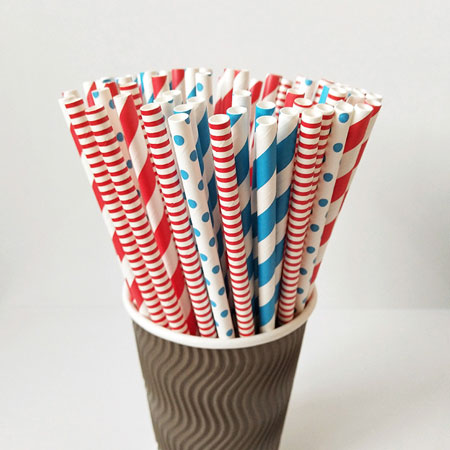
Differences between Paper Straws and Plastic Straws
Material Difference
Plastic straws: Made primarily from petroleum-based polymers such as polypropylene (PP). These materials are synthetic and derived from non-renewable resources.
Paper straws: Made from pulp, which is usually sourced from wood or recycled paper. This makes paper straws more renewable than plastic straws.
Appearance and Texture
Plastic straws: Plastic straws come in a variety of colors and shapes, and can be made very smooth and flexible. They can be easily shaped into different diameters and lengths, and have a uniform wall thickness.
Paper straws: Paper straws have a more natural look, can be a little rough in texture, and have limited color options, mostly in natural or pastel colors. While they can bend, they may not be as flexible as plastic straws.
Advantages and Disadvantages
Paper straws
advantage:
Environmentally friendly: Paper straws are biodegradable and compostable. They can be naturally decomposed in a relatively short period of time and will not accumulate in the trash like plastic straws. If they are made from recycled paper, they can further reduce the demand for new wood resources and the energy consumption associated with papermaking.
Based on renewable resources: Because paper straws are made from pulp, which can come from sustainably managed forests or recycled paper, they have less impact on non-renewable resources than plastic straws. Sustainable forestry practices ensure that the trees used to make paper are replanted, maintaining ecological balance.
Disadvantages:
Durability issues: Paper straws are not as durable as plastic straws, especially in humid environments. This affects the user experience as the straws may break or become difficult to use, especially when drinking thicker liquids.
Limited heat resistance: Paper straws have low heat resistance. They are not suitable for extremely hot beverages above a certain temperature as the heat causes the paper to decompose faster.
Higher production costs: Paper straws can be more expensive to produce than plastic straws. The production process of paper pulp, especially when using raw wood, involves more steps and is more energy-intensive.
Plastic straws
advantage:
Durability: Plastic straws are very durable. They can be used for hot and cold drinks for a long time without softening, breaking or deforming easily.
Versatility: Plastic straws have a wide range of uses due to their material properties. They are suitable for thick drinks such as milkshakes because their rigid structure can withstand the required suction force.
Cost-effectiveness: Plastic straws are relatively cheap to produce. The raw materials are readily available and the production process is mature and efficient, which keeps the cost of each straw low.
Disadvantages:
Environmental impact: The biggest disadvantage of plastic straws is their impact on the environment. They are non-biodegradable, which means they take hundreds of years to decompose in landfills or the natural environment.
Utilization of non-renewable resources: Since they are made from petroleum-based products, their production contributes to the depletion of non-renewable resources.
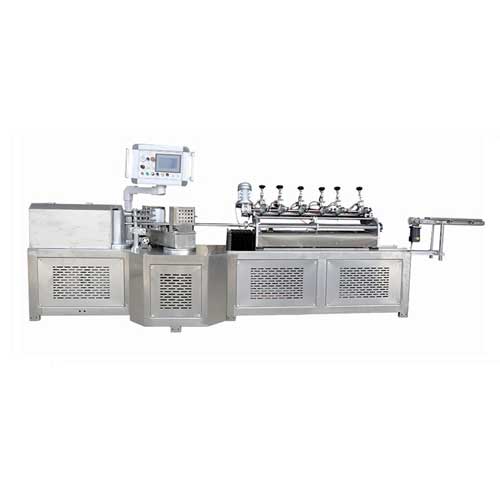
Conclusion
At present, paper straws are better than plastic straws in some cases, but paper straws are a transitional solution, and reducing their use is the ultimate answer.
Short-term choice: Paper straws are better than plastic straws (the first choice for the catering industry under policy pressure).
Long-term direction: Promote reusable solutions + improve recycling technology.
Key breakthrough points: Cost reduction and efficiency improvement of paper straw machinery + research and development of new materials.


